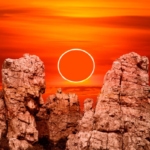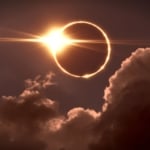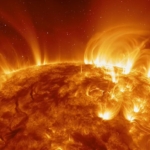Orion Still Dominates Our Winter Night Skies
Still very prominent in our night sky, look for the Orion—visible from every inhabited part of the Earth. Learn the myths and legends of this Celestial Warrior.
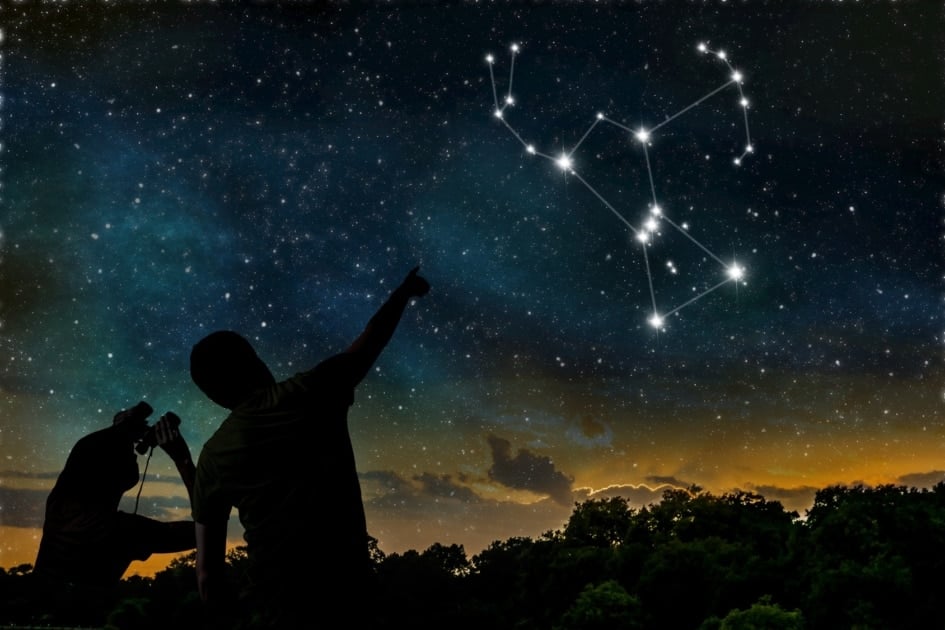
Still prominent in the cold, night sky is The Great Hunter or Celestial Warrior, Orion, the most brilliant of the constellations, visible from every inhabited part of the Earth.
As is also the case with the mighty Hercules, the figure of Orion has been associated in virtually all ancient cultures with great national heroes, warriors, or demigods. Yet, in contrast to Hercules, who was credited with a detailed series of exploits, Orion seems to us a vague and shadowy figure.
Stories and Myths of Orion
The ancient mythological stories of Orion are so many and so confused that it is almost impossible to choose among all of them. Even the origin of the name Orion is obscure, though some scholars have suggested a connection with the Greek Arion, meaning simply… warrior.
All, however, agree that he was the mightiest hunter in the world and he is always pictured in the stars with his club upraised in his right hand. Hanging from his upraised left hand is the skin of a great lion he has killed and which he is brandishing in the face of Taurus, the Bull, who is charging down upon him.
Comparing him to a gigantic piece of celestial jewelry is how the late astronomer Dr. Robert H. Baker described, Orion.
Three bright stars in line in the middle of a bright rectangle decorate Orion’s belt which points northwestward toward to the clusters of the Hyades and Pleiades of Taurus, and southeastward to the Dog Star Sirius.
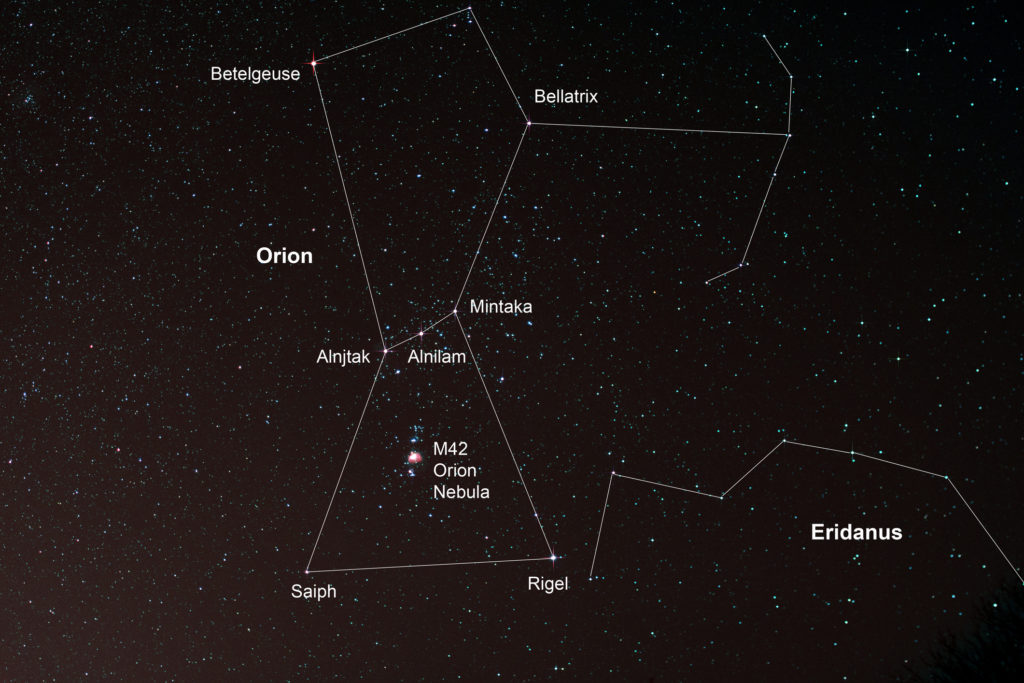
The Stars of Orion
Within Orion we find two immense stars, Rigel and Betelgeuse, apparently at two entirely different periods in a star’s existence. In Rigel (the “Left Leg of the Giant”), we find a star apparently reaching the prime of its life. It’s a true supergiant: a blazing white-hot star of intense brilliance and dazzling beauty.
Located approximately 860 light years away, its computed luminosity is roughly 120,000 times the brightness of our Sun. Betelgeuse (“The Armpit of the Giant”) in contrast, shines with a cool, dull ruddy hue and is located about 646 light years away. It is an irregular pulsating supergiant star, nearing the end of its life and as such it expands and contracts spasmodically. In terms of overall size it averages over 1000 times larger than our Sun. If placed at the center of our Solar System, it would extend past the orbit of Jupiter.
Check out this animation that shows just how large Betelgeuse is compared to our Sun!
Fun fact: Follow the three stars of Orion’s belt in an imaginary line straight down to locate Sirius, the Dog Star.

Joe Rao
Joe Rao is an esteemed astronomer who writes for Space.com, Sky & Telescope, and Natural History Magazine. Mr. Rao is a regular contributor to the Farmers' Almanacand serves as an associate lecturer for the Hayden Planetarium in New York City.



